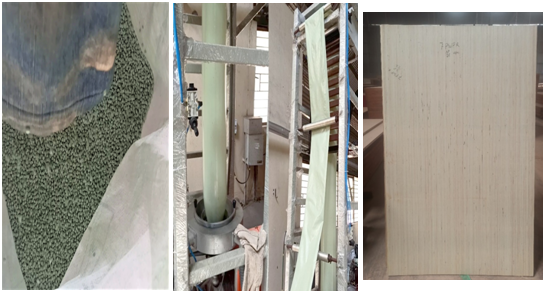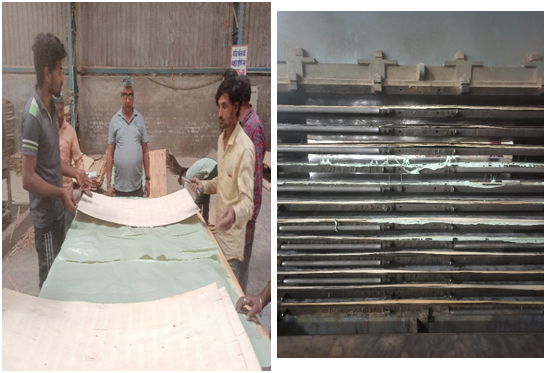A slew of technologies supported by the Department of Science and Technology (DST) are gearing us up to beat plastic pollution by tackling the increasing menace through reducing, reusing and recycling plastic, paving the path towards sustainable development.
Many of these technologies are being used at a pilot scale and scaling them up could bring relief from this ever growing challenge. The technology development and transfer division of the department funds technology development projects including materials, devices and processes
Pilot scale mobile plant converts plastic waste into fuel
A pilot scale vehicle-mounted mobile plant has been developed using an indigenously designed process to convert various types of plastic waste into carbon-densified HC-Oil (Hydrocarbon Oil) with maximum carbon recovery. The plant which operates under low stringent conditions in the presence of a selective, recyclable, reusable, robust, non-toxic, inexpensive catalyst brings a low-cost option to convert waste plastic to fuel.
Professor Aniruddha B Pandit, from Institute of Chemical Technology (ICT) Mumbai developed a process called ICT-Poly Urja which uses indigenously prepared patented Cu@TiO2 catalyst for CTL (Catalytic Thermo Liquefaction) of several types of poly-olefinic plastic waste into HC-Oil 300 C in30 min. The process leads to more than 85% feedstock conversion, and high-quality C and H elements enriched HC-Oil with a calorific value of 42 MJ/kg. The fuel can be burned to generate steam and power.
A series of mixed poly olefinic plastic waste samples with varying compositions were examined for CTL and it was discovered that all combinations of plastic wastes can be liquefied using CTL process with more than 80% HC-Oil production.
In comparison to traditional technologies such as pyrolysis and gasification, the CTL process requires significantly less energy due to moderate operating conditions. Besides, the plant can also be mounted on a mobile vehicle and the mobile plant provides several benefits in terms of operation and overall process economics.
The Poly-Urja process developed with support from DST provides a long-term, resilient, convenient, energy-efficient, and environmentally responsible method of transforming plastic waste into electricity. The Pilot scale vehicle mounted plant to convert 100kg/day of plastic waste into hydrocarbon oil is under fabrication and is scheduled to be ready by the end of 2023.

Contact details: Email:ab[dot]pandit[at]ictmumbai[dot]edu[dot]in; Mobile: 9820408037
New technology for converting plastic waste to polymer composites ready for commercialization
A new instrument has been created for melt-mixing of waste thermoplastic polymers and inorganic particulate fillers to manufacture polymer composites.
This fulfills the requirement for Indigenous equipment for manufacturing composites from waste plastics and industrial by-products such as red mud and characterizing them, paving the way towards recycling and reduction of waste products.
The instrument named GolDN (to be read as Golden)developed by Prof. D.N. Singh from Indian Institute of Technology (IIT), Bombay, developed with support from DST can help tacklemixed plastic waste from old waste sites that have remained dumped for more than three months(technically called legacy landfills) for which no technique is yet available for recycling.The end products of this technology have been proved to be environmentally safe.
The technology is ready for commercialization. An Indian patent has been granted for this system which can bring down the cost of the technology from INR 80 lakhs to INR 5 lakhs.
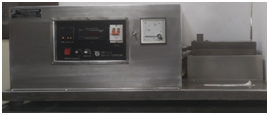

Fig. 1a.GolDN Fig.1b.TGeosA
The pilot-scale set-up consists of a shredder, a mixer cum pre-heater, and an extruder to obtain the fresh binder filler composite and could shred, mix and preheat plastic waste and Industrial by Product (IBPs) thereby extruding composites.
The freshly extruded composites can be easily molded to the required shape and subsequently utilized for infrastructure development applications such as paver blocks, tiles, bricks and non-infrastructural applications such as furniture and decorative items making way for sustainable development.
- (b) (c) (d)
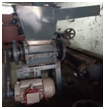
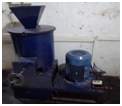

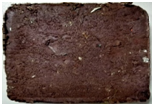
Figure 2. (a) shredder, (b) mixer cum preheater, (c) extruder and (d) final product
Contact details: Email:dns[at]civil[dot]iitb[dot]ac[dot]in; Mobile: 982075858
Simple, cost-effective waste plastic recycling device helps optimum end-use of residual products
A device has been fabricated to recycle solid plastic wastes (including difficult to recycle plastics) and produce useful end products while leaving minimal carbon footprint.
The device is a reactordesigned and fabricated based on the novel COH-RC method for recycling of solid plastic waste.
The plastic waste recycling byproducts of the patented device such as porous solid residual, oil and grease have been utilized in applications such as partial substitution of sand and cement in concrete, biofuel and foam production. The fire resistance test (ISO 834) of concrete consisting of plastic residuals revealed a 5-17% better post-fire compressive strength than concrete.
Prof. AjitanshuVedrtnam, Invertis University, Bareilly,the scientist who fabricated the device is working on improving the energy efficiency of the reactorand searching for more valuable alternative usages of plastic waste residuals. Industrial collaborators are planning commercial production of these reactors after customer validation and economic evaluation of developed reactors.
TRL 5 has been achieved and at present the technology is operating at the testing stage in industry. Optimization is ongoing along with analysis of cost effectiveness.Several attempts have been made to improve energy-efficiency of setup and design optimization of the reactor is still in process.
(a) (b)
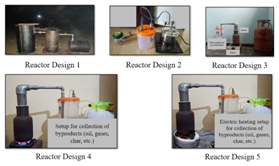
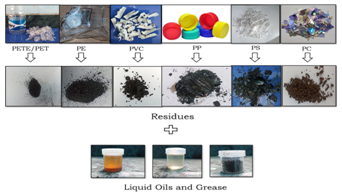
Fig. 1 (a) Important attempts in reactor development, and (b) Useful by-products.
Contact details: Email:ajitanshu[dot]m[at]gmail[dot]com; Mobile: 8979693576
A new device can liquefy plastic wastes to biomass
A device has been designed and developed for liquefaction of plastic wastes with lignocellulosic biomass.
The device developed by DrV.Chitra Devi from Kongu Engineering College, Erode, Tamil Naduconsists of a continuous high pressure screw reactor for a process called Alkali catalyzed Hydrothermal Co-Liquefaction of Plastic wastes with lignocellulosic biomass.
The preliminary design of continuous high pressure screw reactorwas developed in Computational Fluid Dynamics (CFD) software, where the pressure distribution and flow behavior of biomass slurry in the reactorwas predicted.
Based on this data the best possible design and optimum dimensions of the screw were found using a method called Transient Structural Analysis using Taguchi Optimization Statistical software. The optimized design dimensions were used for the fabrication of continuous high-pressure screw reactor for the Hydrothermal Co-Liquefaction (Co-HTL) of sawdust and plastic waste.
The reactor for which patent has been applied, consists of 3 ceramic band heaters to facilitate the complete thermochemical conversion in 3 zones of the screw reactor --precompression zone, compression zone, and expansion zone. A hydraulic hopper along with the feeder system provided in the precompression zone eliminates back flow and facilitates continuous forward flow of the biomass slurry. The reactor design was carefully examined and filed for design patent while the reactor was tested with wood and plastic mixture to compare with the results obtained from preliminary simulation studies.
The technology has been planned to operate with both homogeneous and heterogeneous alkali/alkali-based catalysts. The heterogeneous catalysts were synthesized and the properties wereanalysed.Trial runs were conducted in a batch reactor (with wood and plastic) to analyse the yield of products such as biochar and biocrude both quantitatively and qualitatively. In future, the runs are to be performed in the continuous high-pressure screw reactor with alkali/alkali-based catalyst. Later, the best quality biochar will be used as electrode material for supercapacitor, coin cell battery and so on and tested in electrochemical station.
With the design and fabrication completed the system is being validated for operational environmental condition through experimental runs.

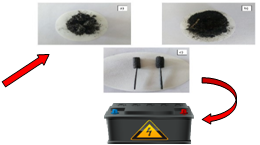
Figure 1: Continuous High Pressure Screw Reactor for Electrode Production using Biochar (Sawdust – Plastic Waste)
Contact details: Email:erchitrasuresh[at]gmail[dot]com; Mobile: 9865904404
Plastic milk packets can now provide materials for plywood panels
Waste recycled plastic material can now be used for making plastic bonded bamboo mat board and plastic bonded plywood for construction and packaging units.
Plywood is one of the major wood composites and in India more than 3000 units manufacture the composite material. Plywood panels are mainly manufactured using formaldehyde based resins namely Urea Formaldehyde (UF) for Moisture Resistant (MR) grade and Phenol Formaldehyde (PF) for Boiling Water Resistant (BWR) and Boiling Water Proof (BWP) grade plywood. Although these resins provide good bonding of veneers in plywood but the formaldehyde is known to be a toxic chemical and long term exposure can be detrimental to workers engaged in plywood manufacturing. Also, formaldehyde emission from the panel products is known to cause eye irritation, sickness syndrome and may affect respiratory system. Efforts are being made to develop alternative adhesive systems for such panel products.
Indian Plywood Industries Research andTraining Institute, Bangalorehas developed a technology to use milk pouches as the binding agent (adhesive) in the manufacturing of plywood and bamboomat-based panel products bringing economic value to the single use plastic waste and at the same time making plywood manufacturing process cleaner and worker friendly.
DrVipin Kumar Chawla from the institute has used using milk packet waste plastic as a binding agent to develop this technology. A patent for the technology is under process and the institute will soon be signing anMoU with an NGO for commercialization.
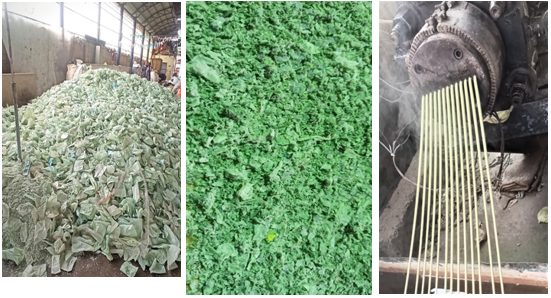
Contact details: Email:vipinfri[at]gmail[dot]com; Mobile: 9342890100
